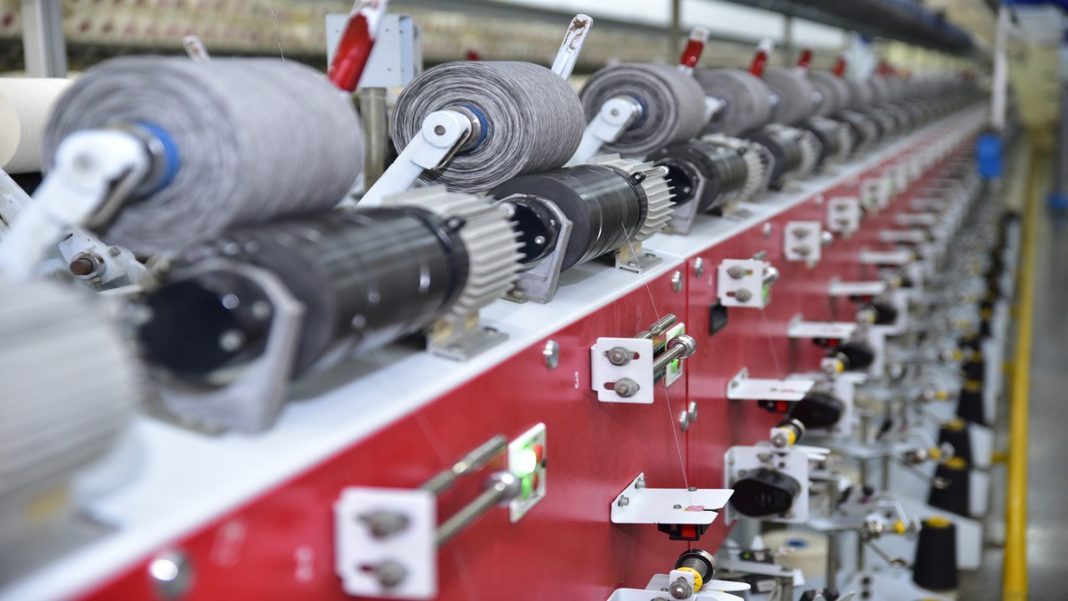JAPAN: Asia’s factory activity depleted in March as weak overseas demand reduced output, say surveys released on Monday, indicating that the region’s recovery will continue to be hampered by the worsening global economy and will keep policymakers on their toes.
Export-reliant South Korea and Japan both witnessed manufacturing activity shrink in March, while China’s growth stagnated, highlighting the difficulty Asian governments face in containing inflation and fending off the effects of a slowing global economy.
Shivaan Tandon, emerging Asia economist at Capital Economics, stated that “with global growth expected to remain weak in the coming quarters, we expect manufacturing output in Asia to remain under pressure.”
The Caixin/S&P Global Manufacturing Purchasing Managers’ Index (PMI) for China was 50.0 in March, significantly below the 51.7 market consensus and the 51.6 recorded in February.
The reading placed the index at the 50-point threshold separating growth from contraction, echoing slower growth in an official PMI published on Friday.
“The foundation for economic recovery is not yet solid.” “Looking forward, economic growth will still rely on a boost in domestic demand, especially an improvement in household consumption,” said Wang Zhe, a senior economist for Caixin Insight Group.
The South Korean PMI decreased from 48.5 in February to 47.6 in March, contracting at the fastest rate in six months as export orders were negatively impacted by a sluggish global economy.
Japan’s final Au Jibun Bank PMI was 49.2 in March, up from February’s 47.7 but still below the 50-threshold as new orders fell for a ninth straight month.
A separate central bank poll published on Monday revealed that the mood of Japan’s major manufacturers fell to its lowest point in more than two years between January and March as a result of weak external demand, which made things harder for businesses already struggling with rising raw material prices.
India was a rare bright spot in the area, with its manufacturing sector widening in March at its fastest rate in three months on the back of higher production and new orders, indicating that its economy is better positioned than most of its peers to withstand a global downturn.
In March, factory output decreased in Vietnam and Malaysia, while in the Philippines it increased at a slower rate than in the previous month, according to surveys.
While supply upheavals caused by the COVID-19 pandemic have largely subsided, weak chip demand and new indications of a slowdown in global growth have surfaced as threats to many Asian economies.
The collapse of two U.S. banks last month and the purchase of Credit Suisse have increased uncertainty about the future of the world by causing market turbulence and disclosing potential flaws in the global financial system.
While there are signs the U.S. Federal Reserve will soon stop tightening monetary policy, the outlook is still bleak due to problems in the banking industry, persistently high inflation, and sluggish global growth.
The external pressures and unpredictability make some of the main export-driven economies in Asia vulnerable at a time when companies are trying to recover from a protracted COVID-related downturn.
Also Read: Japan’s Foreign Minister Calls for Release of China’s Imprisoned National



